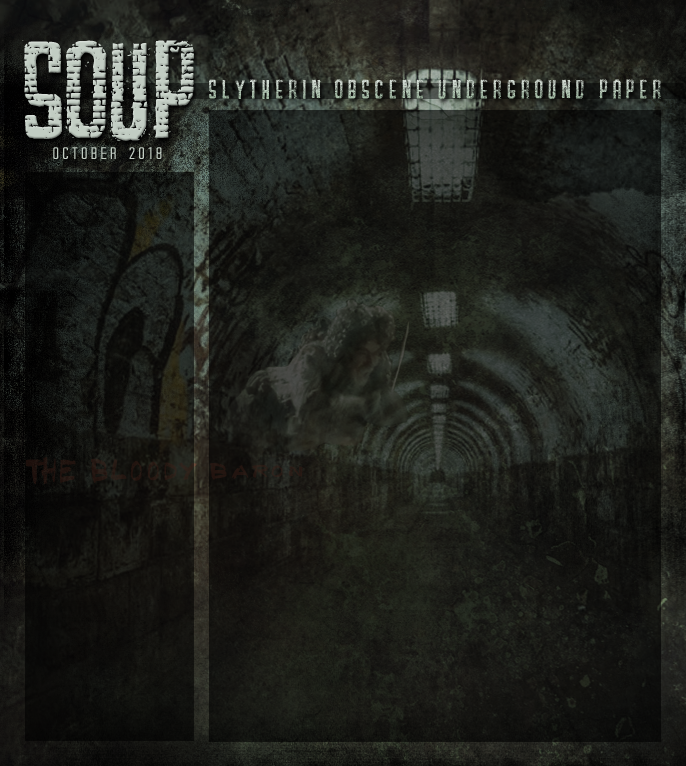Hello my lovely snakes! Serenity Black here and I want to share with you today folk music that comes from Albania. As you know this month's theme is our very own house ghost, the Bloody Baron. So for this month's music column, I thought it would be fitting to choose the country the baron travelled to during his last days.
Albanian folk music is rich with history and is categorized into three styles: Northern Albania (The Ghegs), Southern Albania (Labs and Tosks) and Instrumentation. From there they can be divided into groups: heroic epics (found in the north), lullabies, work songs, wedding songs and so on.
Their music is a reflection of the political history and their culture. For instance, folk music from Northern Albania tends to be monophonic, meaning that generally a single singer or single instrument plays/sings the melody. The Ghegs (ethnic group of people residing in northern Albania) are known to sing poetry. These songs tend to be about the history and daily struggles of the people. They can vary from songs and melodies about honor to those about revenge.
The instruments used in Northern Albania vary from the lahuta (single stringed instrument), Çiftelia (two stringed instrument) to wind instruments that were handmade (made and used by shepherds in the area).
Southern Albanian music tends to be on the softer and more gentler side and is polyphonic. They are also known for their mournful funeral songs as well as their tradition of folk love songs.
Instruments like violins, clarinets, lahutë (a form of lute stringed instrument) and defi (tambourine like instrument) are used by the Tosk people of Southern Albania.
The final style of folk music in Albania is Instrumentation. Instrumentation just as it sounds is folk music played on instruments. These instruments are string, wind and percussion type. Besides the aforementioned instruments lahutë, clarinet, defi and Çiftelia, others for this type include: Fyell (double clarinet), Violina, Qypi (goblet drum), Surlja (wind instrument), Dajreja (drum with jingles), Gajda (bagpipe), Lodra (double headed drum), and Toubeleki (Greek styled drum).
Though the 3 types of folk music in Albania vary by sounds, style and instruments - they all tell a story about the people, the culture and their history.
This is Serenity Black signing off.
Source: Wikipedia